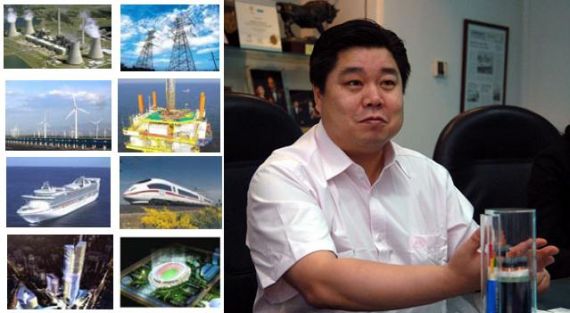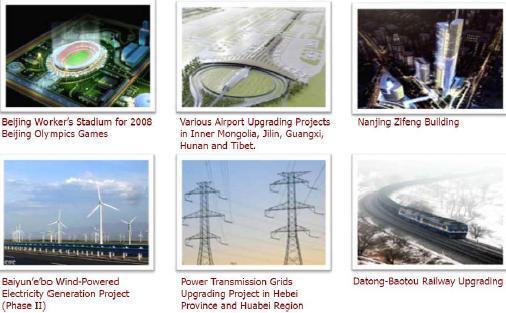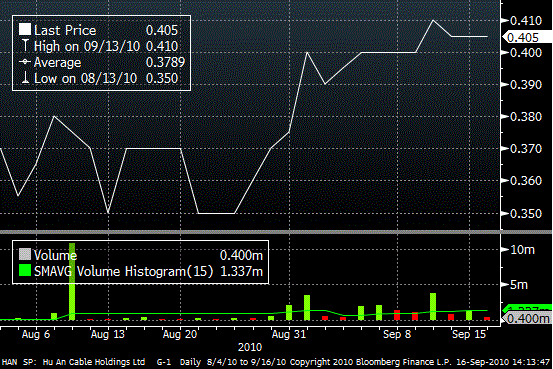
FROM POWER generation, transport, electronics, machinery, traditional manufacturing, to construction and real estate development, many industries require large amounts of cables and wires.
This demand in turn rides on a country's economic growth. In China, Hu An Cable leveraged on China’s sustained GDP growth at 8.7% to 11.4% over 2006-2009, and generated net earnings CAGR of 42.7% over the same period.
Its 1H10 revenues had jumped129% year-on-year to Rmb 1.06 billion. Cable and wire products accounted for 64.6%, copper rods 33%, aluminum rods 2.1% and upstream cable plastic materials 0.3%.
Hu An's 1H10 net earnings were Rmb 55.8 million, translating into net margins of 5.2%.
On the Singapore Exchange, Hu An is the only power generator cable manufacturer.
However, as one of China’s leading cable makers, its proposed TDR listing is enjoying much attention from Taiwanese investors as there are more than 10 cable companies listed there.
It is a qualified supplier to bellwether companies such as the State Grid, China Huadian, Sinopec, and China National Petroleum Corporation.


Prominent state projects under its belt include the Beijing Workers’ Stadium for the 2008 Beijing Olympic Games, the Datong-Baotou railway upgrading project, the Baiyun’e’bo wind-powered electricity generation project, Nanjing Metro Line, Nanjing Zifeng Building and various airport upgrading projects in major cities.
Two weeks after its 31 Aug announcement on Taiwan Stock Exchange’s approval for its TDR, it stock price has gained 8%, and last closed at 40.5 cents.
On 6 Sep, the SGX approved the listing of 75 million new shares pursant to the TDR.
The cable maker had mostly produced mid-end wire and cable products in the past, but its CEO is very excited about R&D efforts that are enabling it to produce and sell more high-end cable products.
More than 50% of the proceeds its Feb IPO were for expanding its capability for high-end specialized high and ultra-high voltage green power cables, accessories and flexible special cables with high fire-resistant properties.
With more lucrative products, he is hoping to better manage business risk arising from price fluctuations in copper and aluminum, which account for over 80% of cost of sales.
According to Converging Knowledge, China's electrical power cable industry has grown at an average annual rate of over 15% in the past 15 years.
And this growth is sustainable, according to its CEO Dai Zhi Xiang, who was in Singapore recently to meet investors.
China’s push to develop its power infrastructure, increase urbanization, mandate for power cables in cities to go underground and rapid development of its renewable energy sector is what drives demand, he said.
Given the underlying fundamentals of the business, CIMB has a ‘Buy’ call on the stock with target price at 51 cents.








